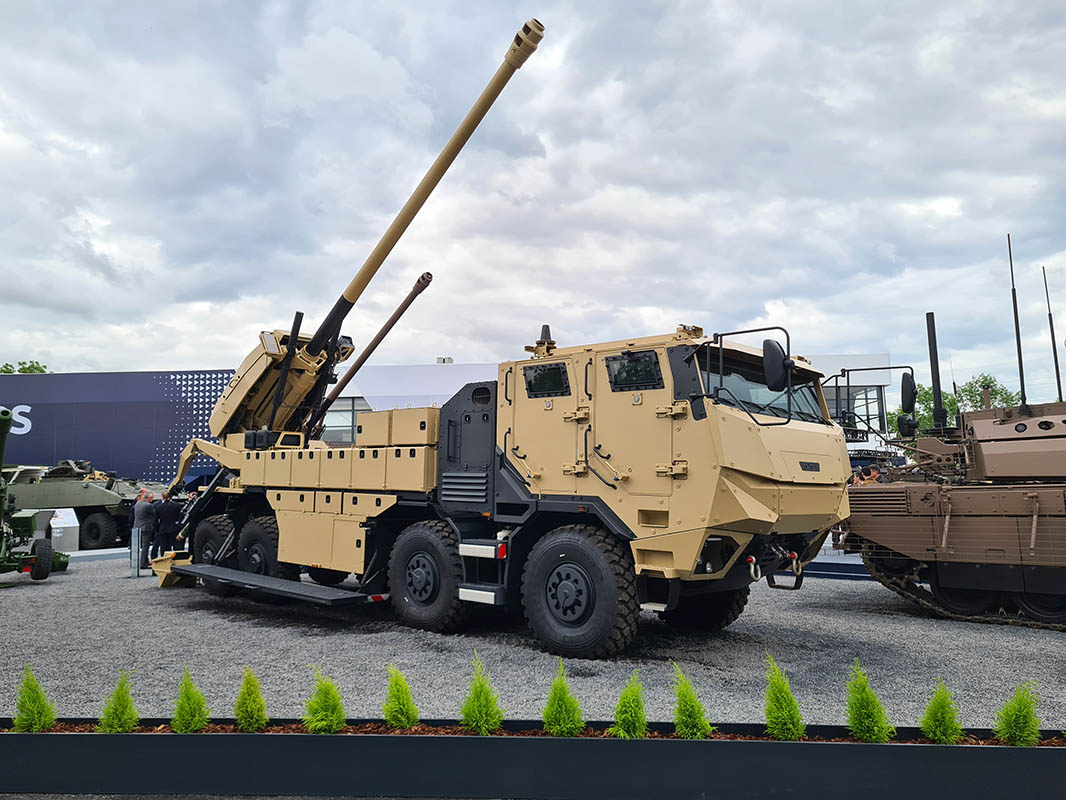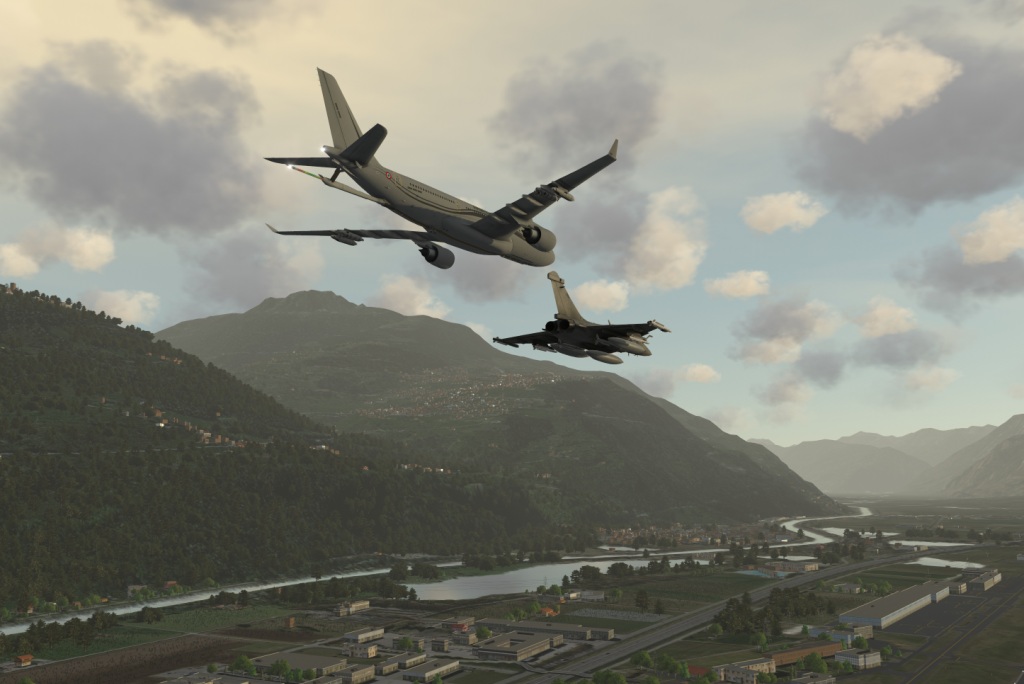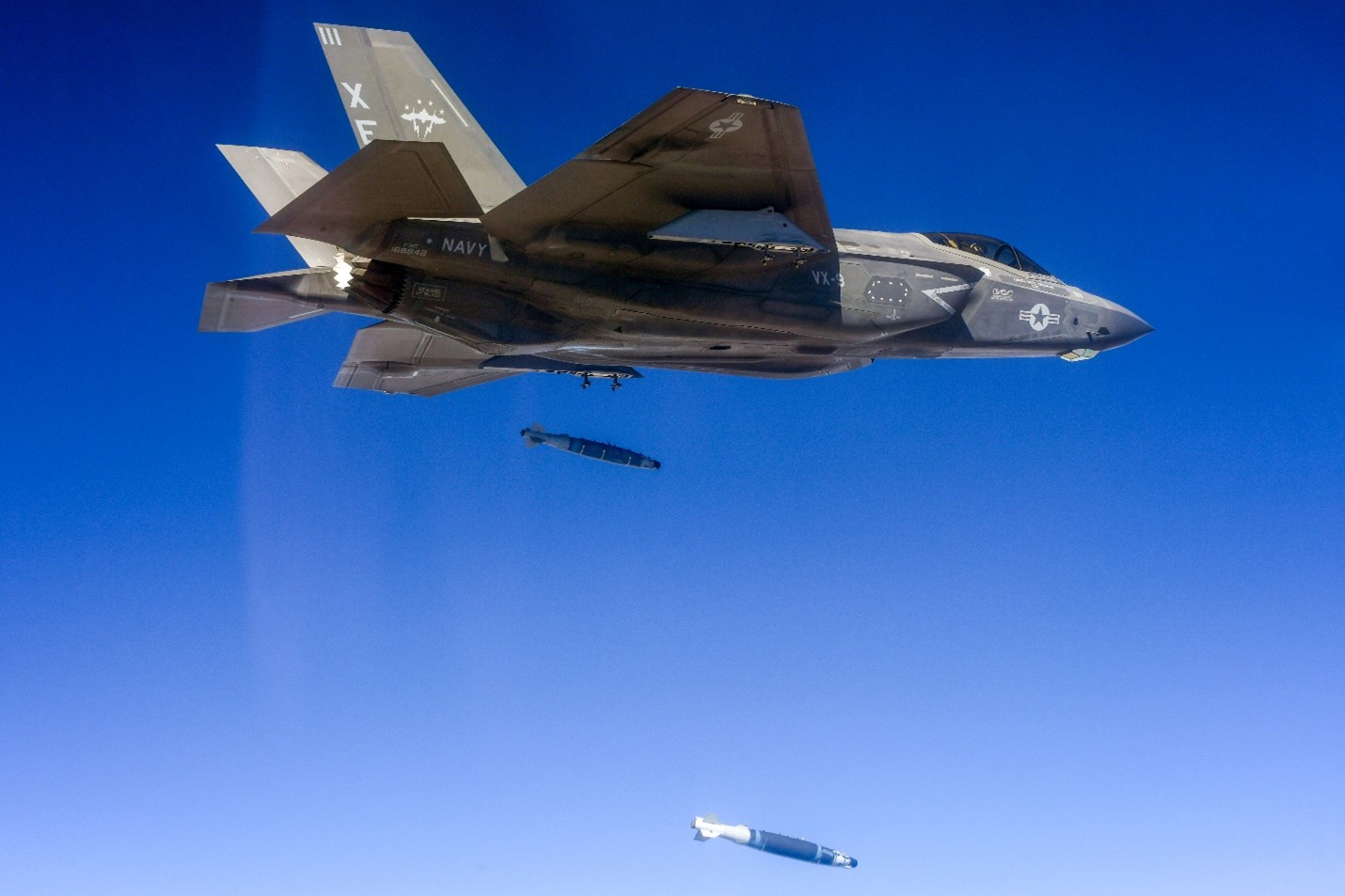The experience of modern warfare has underlined the importance of tube artillery. While debates about its employment and future continue, a clear consensus has emerged: tube artillery remains relevant on the modern battlefield – and it continues to evolve.
Modern warfare is being fundamentally reshaped by the experience of the Russo-Ukrainian War, widely regarded as the largest artillery war since World War II. This conflict has reintroduced large-scale, high-intensity combat to the forefront of military thinking and has underscored the enduring importance of conventional capabilities – especially classic tube artillery, including towed and self-propelled systems, as well as mortars. Before beginning any discussion about the capabilities of tube artillery on today’s battlefield, several important considerations must be highlighted.
- First, the experience of the ongoing conflict in Ukraine should not be regarded as universally applicable. While it offers many valuable insights, the conflict has been shaped by a range of political, geographical, and military factors that make its overall environment unique. The specific conditions of the Russo-Ukrainian war may not be replicated in future conflicts.
- Second, tube artillery has one of the longest life cycles of any land-based weapon system, with service lives of over 40–50 years being common. While both sides have deployed some newer systems, the majority of artillery systems used in Ukraine date back to the Cold War era or even earlier.
- Third, multiple factors influence the performance of artillery, including technological, tactical, organisational, and industrial aspects, to name a few. These factors, individually or in combination, can significantly enhance the effectiveness of both modern and legacy systems.
What are the most important changes that have been implemented by 2025, and what developments are likely to be introduced in the near future?
Automating the artillery: UAVs and C2 systems
The mass adoption of tactical reconnaissance unmanned aerial vehicles (UAVs) and their integration into artillery units at all levels can be considered one of the most influential changes of the past decade. While less-capable UAVs have been available since the Cold War and even earlier, what we can think of as truly modern UAVs began to trickle into service in the 1990s and 2000s in limited numbers. This increased somewhat throughout the 2010s, however large-scale adoption has only occurred since the beginning of the 2020s.
The Russian Army provides a clear example of the significant progress made in this field. In 2018, it operated more than 1,800 UAVs of various types,(1) mostly fixed-wing UAVs such as the Orlan-10, Tachyon, Eleron-3, and similar models. Contrast this to 2023, when the Russian Army had received over 140,000 UAVs of all types that year alone, with further plans to increase production output tenfold in 2024, according to a speech by President Vladimir Putin at the Military-Industrial Committee in September 2024.(2)

Importantly, the quantitative growth has been accompanied by the wider integration of intelligence, surveillance, and reconnaissance (ISR) UAVs into the organisational structure of the army, including artillery units and formations. For example, in 2024–2025, reconnaissance-strike UAV battalions were integrated into the organisational structure of artillery brigades within the Russian Ground Forces.(3)
Another crucial enhancement is the development and introduction of automated fire control systems (FCSs) into artillery units. Combined with organic strike and ISR UAV capabilities, this has allowed for a significant increase in effectiveness at the brigade level, as well as at lower echelons, down to the battery or platoon level.
The synergistic effect of these innovations can be demonstrated by the following case. In May 2023, the Russian Army deployed artillery units equipped with integrated strike and ISR UAVs, as well as the cross-service information exchange system (abbreviated as ‘МСИО’ in Russian; ENG: MSIO). Analysis of their actions showed that the average duration of the ‘detect–decide–engage’ cycle was reduced down to around 4-6 minutes, with an ammunition expenditure of 2-5 rounds per target.(4) By comparison, in 2017, the average counterfire time (from target acquisition to shot) ‘across a wide variety of US and multinational allied units’ hovered around 12 minutes, according to a 2018 article in the US Army’s Fires magazine.(5) Similar processes could be observed in other militaries, including those of Ukraine and China, with other nations closely following in their footsteps through their own programmes and experimentation.
Mobility
Brigadier General Rory Crooks, director of the Army Futures Command Long-Range Precision Fires Cross-Functional Team, has identified three fundamental problems facing US artillery: range, capacity, and survivability based on mobility.(6)
Indeed, the latest transformations in warfare have once again highlighted the importance of survivability for tube artillery – and mobility is one potential solution. While wheeled self-propelled howitzers (SPHs) have certain disadvantages compared to tracked platforms, such as poorer off-road performance, they offer significant advantages, including lower production and maintenance costs, greater operational mobility and being typically easier to deploy by air, as well as a reduced logistical footprint.
The last five years have seen a surge in interest in wheeled SPHs systems, with many systems at various stages of development or already adopted into service. Numerous examples exist today. The British Army has transitioned from the tracked AS90 platform to the wheeled Archer SPH, with the prospect of procuring the Boxer platform-based RCH 155 SPH. Russia has completed development and entered serial production of at least two variants of the Malva wheeled SPH: one equipped with the 2A64, a 152 mm L47 howitzer, and the other armed with the longer-range 2A37, a 152 mm L54 howitzer. Meanwhile, Ukraine has accepted into service and significantly expanded production of the wheeled 2S22 Bohdana SPH. Based on battlefield experience, this system has undergone incremental upgrades since 2018, when the experimental prototype was introduced. Notably, prior to the war in Ukraine, neither country had wheeled SPHs in service, and the need for this class of artillery remained in question.
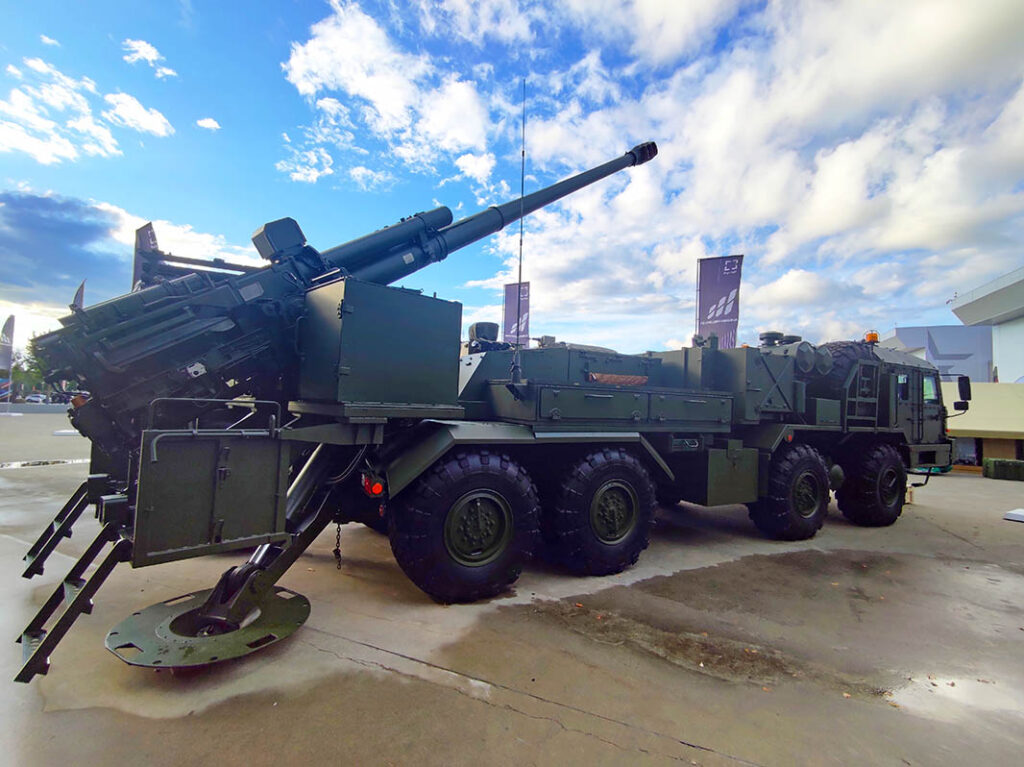

Today, the market for wheeled SPHs offers a wide range of options on different platforms, ranging from 4×4 (mostly used for mortars) to 6×6, 8×8, and even 10×10 configurations, examples of the latter including the Piranha HMC AGM and the Israeli SIGMA 155. Further development of wheeled systems is likely in the near future, with the next logical step in their evolution being modularity, allowing a system to be mounted on any wheeled platform on the market, depending on the operator’s needs and requirements. While mobility increases survivability on its own, tube artillery requires greater protection against emerging threats.
Survivability
The modern battlefield is characterised by several factors, including the expansion of combat zones,(7) increased counter-battery response speed, and the proliferation of reconnaissance assets and new threats such as loitering munitions and one-way attack (OWA) drones.
These factors have translated into a number of tactical and technical requirements aimed at increasing the survivability of self-propelled and towed artillery. In short, this can be summarised as: unprotected vehicles should receive protection, while protected vehicles should be upgraded with additional countermeasures against a range of threats.
Examples include Russian and Ukrainian SPHs equipped with standard protection kits, including slat or net armour screens covering vulnerable areas, electronic warfare (EW) systems, and camouflage systems designed to reduce visual, thermal, and electromagnetic signatures. Protected cabs have become a standard feature on wheeled SPHs and multiple launch rocket systems (MLRS), while add-on armour kits have been introduced for previously unprotected vehicles.
Another example is a standard additional armour kit for the Msta-S series tracked howitzers, developed and fielded in 2024. Notably, recently released US Department of Defense documents on the Fiscal Year 2026 Budget Estimates mention a vehicle protection suite (VPS) programme that will “evaluate, mature, and integrate onto multiple combat and tactical vehicles combinations of active, reactive, and passive protection capabilities.”(8) Among other measures, the document refers to signature management and passive add-on armour for top-attack protection (presumably against bomblets). While the description does not specify which vehicles will be involved or what the final variants of protection systems will look like, it is possible that the US Army’s M109A6 SPGs may also receive additional protection.
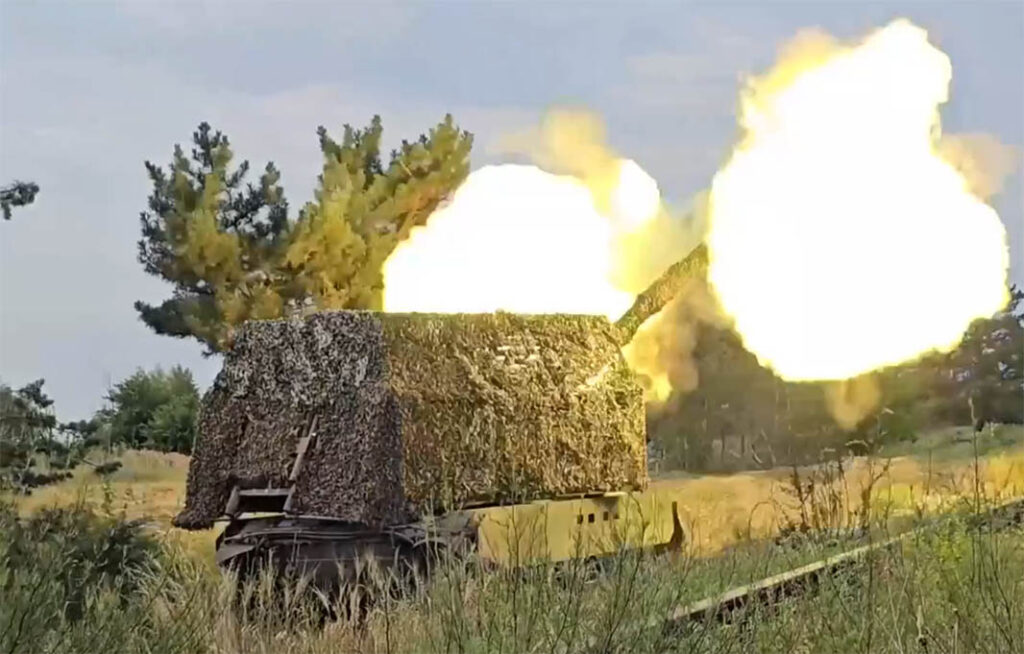
Further improvements in this area would likely include advanced camouflage technologies allowing for better concealment and signature management, explosive reactive armour (ERA) or non-explosive reactive armour (NERA) kits for SPHs, and soft-kill active protection systems. Another possible enhancement could be the integration of remote weapon stations (RWSs) with a counter-UAV capability.
Range, precision and firepower
The requirement for longer range is now considered essential. It has emerged in response to the expansion of the battle zone to beyond 30 km, where an artillery system faces increased risk of detection and may encounter multiple threats – ranging from counterbattery fire to loitering munitions and tactical UAVs.
On the other hand, it is understood that long-range missiles or precision-guided rounds may not always be available, nor effective due to electronic warfare (EW) countermeasures and air defence systems deployed by the adversary. At the same time, the need to strike high-value targets (HVTs) in the enemy’s depth remains, while the number and dispersion of these targets has increased.
KNDS expects that within ten years, most ammunition stockpiles will consist of rounds compatible with 155 mm L52 guns; these are able to be fired at charge 6, while rounds developed for L39 guns are limited to charge 5 within L52 guns.(9) Accordingly, tube artillery fleets are likely to include more SPHs with L52, or possibly even longer-range, guns.
These developments come at a price. Long-range tube artillery requires more powerful charges, and their frequent use accelerates barrel wear. Transitioning artillery fleets to L52 guns will require stable mass production of barrels, large stockpiles of replacements, and deployed repair and maintenance units. In 2024, the US Army cancelled the L58 Extended Range Cannon Artillery (ERCA) programme; one of the reasons for this decision was the excessive barrel wear observed during testing.(10) An even more long-range and ambitious programme – the US Army’s Strategic Long Range Cannon (SLRC) – was halted in 2022.
Another aspect of the issue is munitions. Until recent years, it was widely accepted that precision-guided artillery rounds were a cost-effective solution compared to traditional unguided rounds. However, many of these conclusions were based on experiences of the low-intensity conflicts against sub-peer adversaries, where artillery was typically employed in relatively small numbers from static firebases – often to deliver precision-guided munitions.
The experience of the war in Ukraine against a peer adversary has demonstrated that precision-guided rounds can be spoofed by Russian EW,(11) while stockpiles of such munitions were clearly inadequate for a large-scale conflict. In other words, a combination of mass (unguided) munitions and precision guided weapons is needed for modern peer conflict, while domestic industry must be prepared to deliver both guided and unguided munitions in sufficient quantities at affordable prices.
Future developments in the area of munitions will likely involve greater efforts toward guided rounds that are less susceptible to EW jamming – such as KNDS France’s KATANA round, which is equipped with a GNSS/INS guidance system.(12)
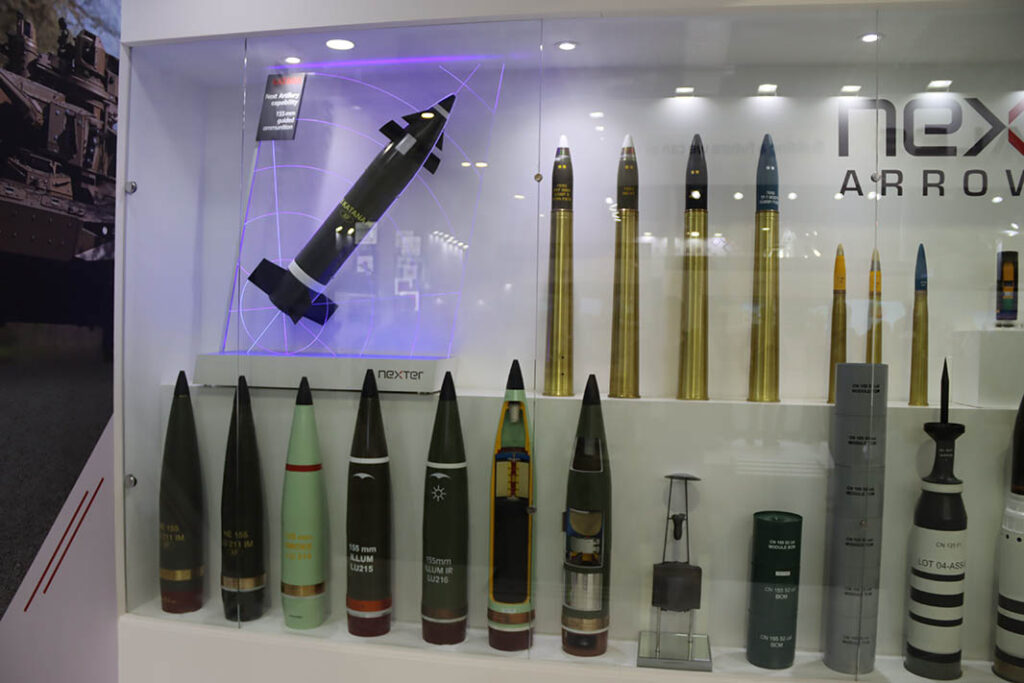
Another possible direction for increasing the performance of tube artillery is the development of artillery-launched drones. A Chinese tube-launched system named Tianyan (ENG: ‘Sky Eye’) was recently tested, successfully completing five live-fire trials.(13) While this design is still in the development stage, the capabilities it may eventually offer could further expand the capabilities of tube artillery in future operations.
The combination of requirements for greater mobility and enhanced firepower may also lead to the broader implementation of innovative fire modes, such as multiple round simultaneous impact (MRSI) and fire-on-the-move capability – aligning with the evolving threat landscape and the operational demands of the modern battlefield.
Final thoughts: Finding the balance
Over the last few decades, the evolution of artillery has been heavily influenced by major shifts in doctrinal thinking, driven by global changes in the military, political, and economic environment. Following the end of the Cold War and the dissolution of the USSR, future warfare – particularly as envisioned by NATO countries – was seen as a series of high-speed encounters conducted by small professional armies using long-range precision weapons, while large-scale conventional conflict was considered unlikely. Within this paradigm, tube artillery was regarded as a secondary and often unnecessary tool, compared to the air force or long-range rocket artillery.
Today, large-scale conventional conflict with a peer or near-peer adversary is once again a reality. The relevance of tube artillery on the modern battlefield has been reaffirmed by the experience of combat in the Russo-Ukrainian War. This renewed focus has prompted significant research and development in the field, with numerous innovations introduced to align tube artillery with the requirements of modern warfare.
At the same time, many longstanding debates have been settled. Discussions such as ‘tracked versus wheeled platforms’ or ‘precision fires versus massed fires’ have largely concluded with a common understanding: a modern army needs a substantial amount of artillery, and it must also have all the necessary tools in its toolbox. The question is how to find the right mix of systems, effectors, and capabilities that will enable forces to operate effectively on the battlefields of today and tomorrow.
Alex Tarasov
Author: Alexey Tarasov is a land warfare expert specialising in Europe, Russia, and armoured vehicles. He has contributed to ESD, Shephard News, along with other publications, and has authored several books.
(1) Russia’s UAVs and UCAVs: ISR and Future Strike Capabilities. Roger McDermott –https://jamestown.org/program/russias-uavs-and-ucavs-isr-and-future-strike-capabilities/?utm_source=chatgpt.com#_ftn85
(2) Путин заявил о планах нарастить в 10 раз выпуск дронов в 2024 году https://www.rbc.ru/politics/19/09/2024/66ec24969a7947ff4de2f5ff?ysclid=md4o2crtdb694758898
(3) Цель и указания: в артиллерийских бригадах созданы дивизионы БПЛА. 3 марта 2025 – https://iz.ru/1846771/bogdan-stepovoi-roman-krecul/cel-i-ukazania-v-artilleriiskih-brigadah-sozdany-diviziony-bpla
(4) Организация огневого поражения противника с применением средств межвидовой системы информационного обмена. Военная мысль №10 – 2024
(5) Reactive counterfire An algebraic approach By Chief Warrant Officer 3 Jeremy Taylor and Capt. Steven Hojnicki. Fires. July – August 2018.
(6) The US Army knows it has artillery problems. Now, it just needs to find a fix. Jake Epstein. 25 February 2025 – https://www.businessinsider.com/us-army-recognizes-artillery-problem-needs-to-find-fix-2025-2?utm_source=chatgpt.com
(7) APS and ERA developments. Alexey Tarasov – https://euro-sd.com/2025/01/articles/42132/aps-and-era-developments/
(8) Army Justification Book Volume 1 of 1 Procurement of W&TCV, June 2025 – https://www.asafm.army.mil/Portals/72/Documents/BudgetMaterial/2025/Base%20Budget/Procurement/Procurement-of-Weapons-and-Tracked-Combat-Vehicles.pdf
(9) KNDS France’s presentation. Accessible here – https://x.com/JakOSpades/status/1925932364418461907
(10) US Army scraps Extended Range Cannon Artillery prototype effort. Jen Judson. 11 March 2024 –https://www.defensenews.com/land/2024/03/11/us-army-scraps-extended-range-cannon-artillery-prototype-effort
(11) Another US precision-guided weapon falls prey to Russian electronic warfare, US says – https://www.defenseone.com/threats/2024/04/another-us-precision-guided-weapon-falls-prey-russian-electronic-warfare-us-says/396141/
(12) The French procurement agency supports the development of the KATANA® 155mm high precision ammunition – https://knds.com/en/press-releases/the-french-procurement-agency-supports-the-development-of-the-katana-155mm-high-precision-ammunition
(13) Chinese engineers bring artillery-launched drones from concept to life. 20 Jun 2025 – https://www.scmp.com/news/china/science/article/3315157/chinese-engineers-bring-artillery-launched-drones-concept-life
